At the time the road from Luang Nam Tha to Huay Xai in Laos was a scar in the earth. A long bauxite trail running southwest through towns and hamlets, you’d never read about. Vieng Phou Kha and Ban Donchai some how stick in my mind, but there were plenty of others.
Rustic clutches of wood and bamboo huts. Battered palm leaf roofs. It was dry season, so everything had at least a half an inch of the red dust all over it. Kids everywhere. Grinding, grinding poverty.
This was northern Laos in the early to mid 1990’s. To be honest, despite the last two decades, even today you don’t need to go far off piste to find a similar level of poverty. What a sad sad joke the Lao government is.
Northern Laos knows how to do wilderness. Photo: Tim Clark.
So, what was I doing on a saffron tinted highway through the jungle in Laos in the mid 90’s? I had hitched a ride ... with an artefact smuggler.
I’d been kicking around Laos’ far north on some unproductive travel and found myself in Luang Nam Tha, but needing to get back to Bangkok. At the time it was a grinding ten to twelve hour trip on a truck–bus thing. The dust came free.
Sitting in a hole–in–the–wall in Luang Nam Tha, I meet a Canadian. They’re involved in an inter–governmental project and we chat about development and stuff in Laos. It is typical traveller meets expat fare, and they ask me where I’m going the next day. I say I’m headed to Huay Xai, as I need to get back to Bangkok for some personal stuff.
“Do you want a ride? I’m going there tomorrow,” they say.
We chat a bit and it turns out they’re leaving early, and they’re sure they’ll beat the truck bus back. We haggle on the price a bit, but as I have had my fill of truck buses, I give in and we shake on it.
I was so fashionable in the 1990s.
I’m expecting a shiny SUV out the front of my guesthouse in the morning. Even in the 1990’s that style of vehicle, washed down every morning, was typical of acronym–funded NGOs. What greeted me was a little different.
I’m not a military guns and ammo kinda guy, but I can do Sci–Fi. You know, in the first Alien sequel, they had the low lying vehicle that they drove out of the flying thing? Just before the Aliens killed almost everyone? My vehicle is sort of like that—but canvas–topped and without the Aliens.
It is low slung, has six wheels on each side and the whole thing already has an inch of dust on it. My Canadian friend is standing beside it and asks “I bet you didn’t expect this?”
I’m dumbfounded. The Canadian steers me into the back (no backpackers in the front seat it seems) and I get in. As they walk to the driver’s seat, they yell back “I need to pick up two more people and some cargo, then we go.”
I’m expecting them to do a guesthouse run—picking up more backpackers. Instead we drive out to the outskirts of Luang Nam Tha and pull up at a typical wooden house. Downstairs is open—for cattle and what not—while the living quarters are upstairs.
A Lao couple walk down the stairs and join us. They’re both middle aged. He’s in pants and a shirt—almost business like, she in a sinh and a decorative top. They’re not upland people—both have smooth hands. They force out a half polite half quizzical “hello” at me.
Pleasantries over, the Canadian and the Lao guy head back under the house and emerge with a large object. Wrapped up in fabric, it is heavy but not too onerous. About a half metre wide and round, about the same distance deep, I have no idea what it is.
They lift it into the back of the six wheel thing and push it up against the back of the cab. Then other cardboard boxes, full of who knows what, get piled in front. For all I know the boxes are full of cocaine, but whatever is wrapped up in the cloth is clearly the prize.
I ask some questions, as I am, to be honest, a bit concerned. The Canadian fobs me off—it is something going to Bangkok, they say. Given I’m not planning on crossing the border in the six wheel Aliens throwback, I’m, ok whatever, and jump in.
Akha village, Luang Nam Tha Province, Laos. Photo: Stuart McDonald.
The Lao couple are friendly, but I can tell they’re as mercantile as it gets. Their English seems limited, but I’m sure they understand far more than what they let on to.
We make good speed. The Canadian has driven this road more than a few times, and while it is bumpy, we’re moving far faster than a truck bus would be.
I ask the Lao couple after the package.
Stony faces.
About six hours later we pull into Vieng Phou Kha. At the time there was no Gibbon Experience, and it was nothing more than a truck stop. We stop to eat and drink.
The Canadian and I trade more traveller chat, then I ask after the package. What is it? They brush me off, but I can tell they want to tell me. We keep drinking and I keep pressing.
“What is it?”
At this stage I’m thinking maybe precious metals—drugs seem unlikely as they go down the river. Guns? I dunno. Do gun–runners pick up backpacker hitchhikers? Seems unlikely.
The Lao couple see what is about to happen and jump up. There is a long conversation between the Canadian and them in Lao, which I can’t follow. They relent.
We walk to the back of the truck, and climb in. The Canadian pulls back the cardboard boxes and they drag the cargo down, between the two bench seats.
An example of a frog drum. This one in the Alor Museum in Indonesia. Photo: Stuart McDonald.
We sit opposite each other, it between us, and as they go to pull the hessian bags that cover it off, it hits me. I know what it is.
“It has to be a frog drum,” I think.
They peel the layers off the top, and sure enough, it is a frog drum.
I’m no antiquities expert, but it is in magnificent condition. The frogs are perfect, the circular rings across the top of the drum are like a tattoo even I’d pay for. No erosion. no damage.
To this day, it is the most perfect frog drum I’ve ever seen. It is an absolute work of art. I run my hand over the surface, the concentric circles running under the skin of my palm. It is almost sexy, like I’m cheating somehow, touching something I shouldn’t.
The Canadian shatters my dream moment, and breaks down to math.
“The couple who are so annoyed I’m showing you this,” they say, “paid a village headman upcountry from Luang Nam Tha $500 for the drum. We’re meeting a middle man on the border who is paying them $5,000 for it [the Canadian claims]. From there, who knows, I guess to River City in Bangkok unless a private collector snaps it up first.”
The drum is as beautiful as I feel dirty. And for the next six hours down to Huay Xai I brood about what I am a part of. The Lao couple and I do not speak. The Canadian just drives.
Crossing the Mekong at late light. Photo: Stuart McDonald.
It is nightfall by the time we reach the Mekong. We’re on the outskirts of Huay Xai somewhere.
It turns out the river is but metres away. The host bids us all to relax while the cargo is lifted out of the vehicle and taken into the house. The Canadian tells me it will cross the border “unofficially” in the morning. From there, once in Chiang Khong, onwards to Bangkok.
We start to argue. I point out, among other things, that it is outrageous a priceless artefact is leaving Laos for only $500.
A Thai guy who has been there the whole time, jumps up, annoyed by my questions. He’s got the snake hips look of a Thai police officer about him, but he’s bare chested and in jeans. Let’s say he’s in good shape and he knows it. There is not an inch of fat on him. Not one. Believe me, I know my inches of fat.
He gets up off his ghastly wood monstrosity of a chair and swaggers over to me. He barks at the Lao couple, asking if I speak Lao, but he well knows I don’t.
He sits beside me. Closer, but not too close for comfort. He’s been drinking and is a bit high, but is in control. Then he asks:
“Would you like this drum Mr Australian?”
I can’t tell if he is joking. I mean I’d love to have the drum, but I have about 400 baht in my wallet. So, as he wraps his arm around me, smoking, I say
“No thank you. It is beautiful, but I think it is yours.”
I’m sure he is the smuggler. The guy responsible for doing the single dangerous leg for the poor frog drum. But I can’t help but think it has gone to his head. Dude, have you seen how long this river is? Find a quiet spot—you don’t have to be a scary hitman to manage it.
Of course I don’t actually say this, because the whole scenario is pretty bonkers.
Hello River City. Photo: David Luekens.
He’s scary and a bit mad, but more than anything else, I don’t understand why I am here. Why the hell didn’t they drop me off beforehand?
Then, the Canadian leaps up. “Lets go,” they declare. They’re so sudden in their actions, it jolts everyone and the Thai guy chills, then laughs. We both stand, slap hands and part ways.
The Canadian gives me a lift to where I’m planning to stay in Huay Xai. Standing outside my guesthouse, I ask him, why do you do this?
I’m still a bit shook up by the Thai guy. To be honest, he scared the hell out of me. I stand there, in the dust, looking the Canadian in the eye. Why are you a part of this, I ask.
“It pays the bills,” they say.

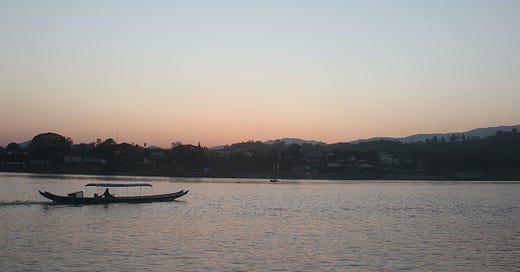


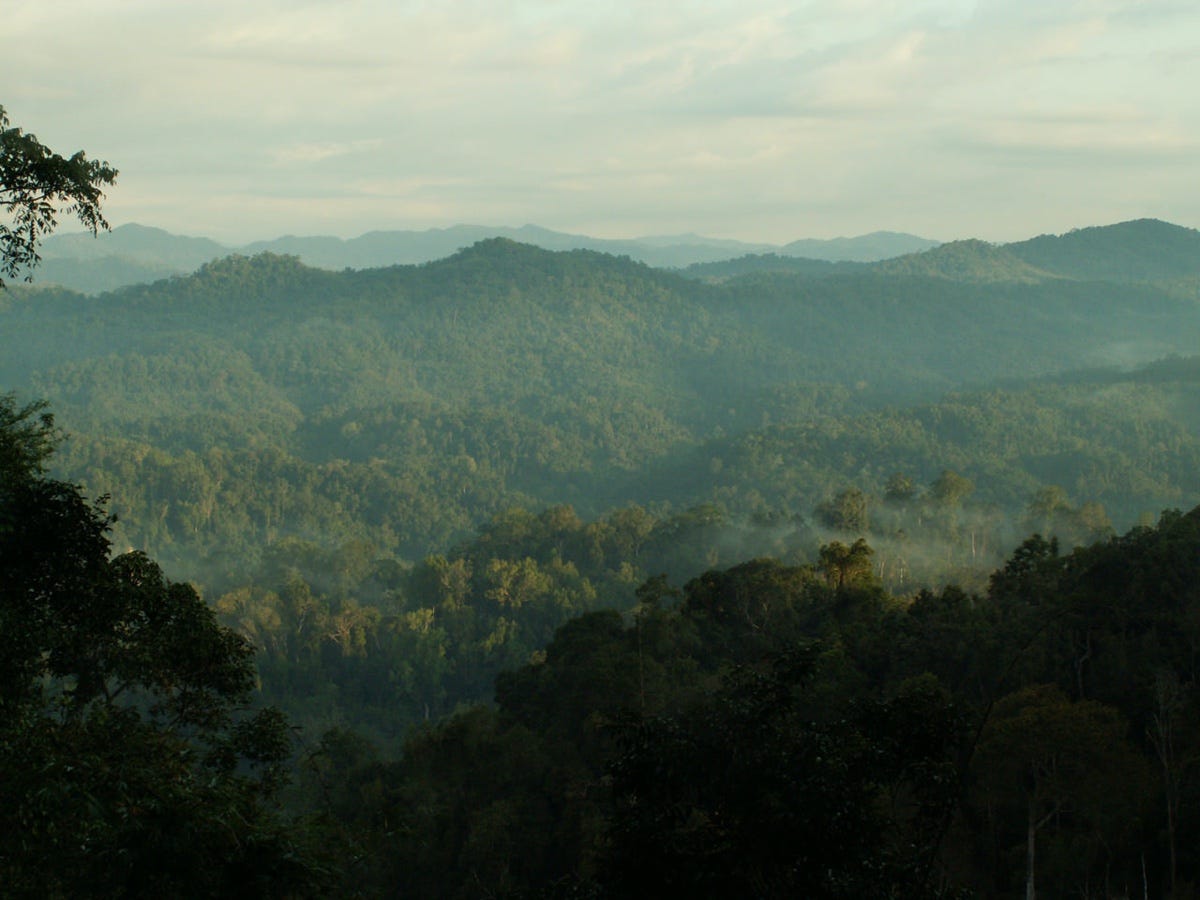
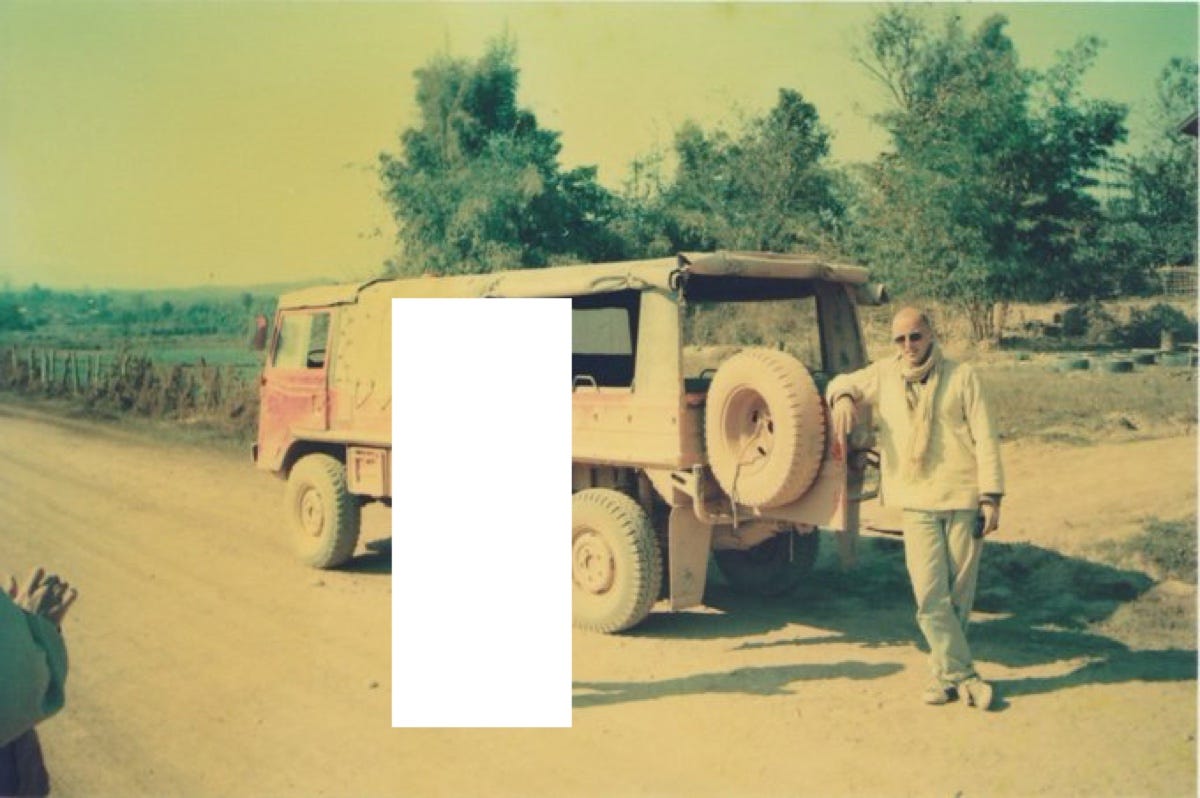
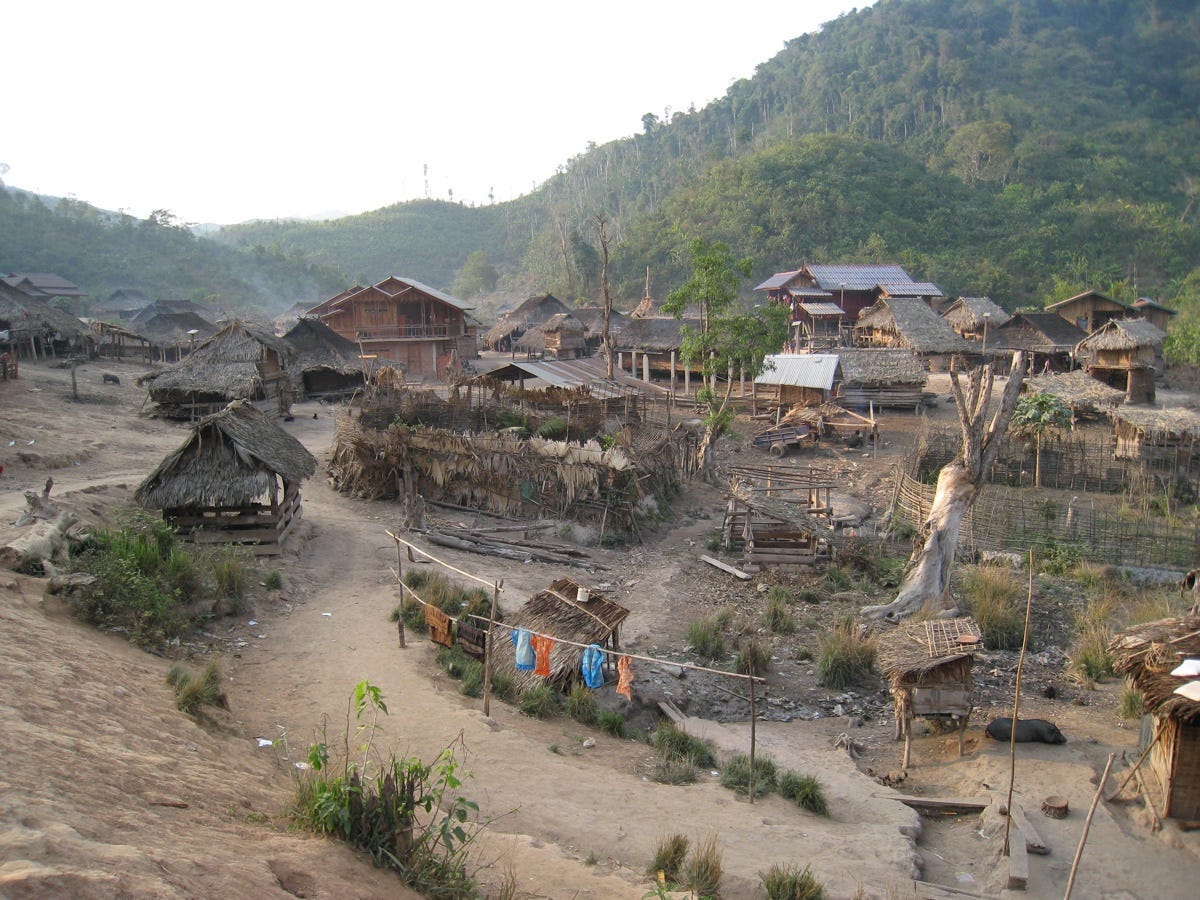
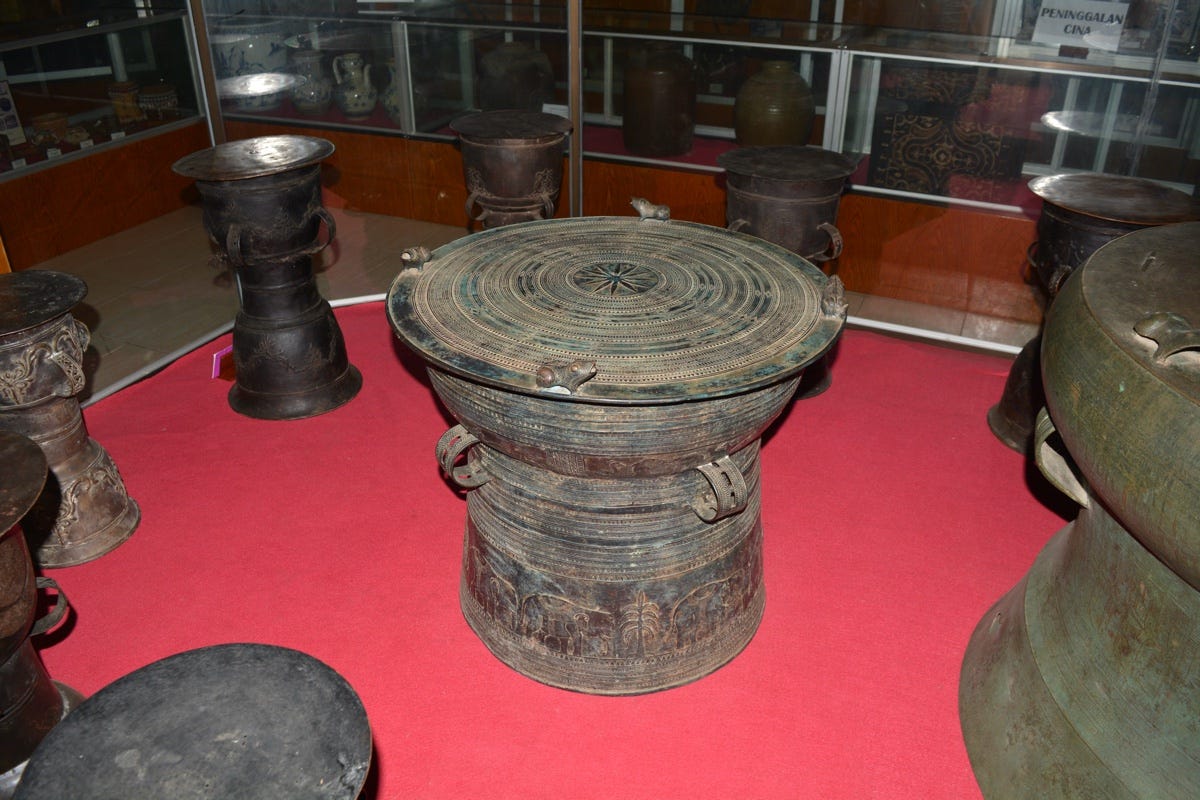

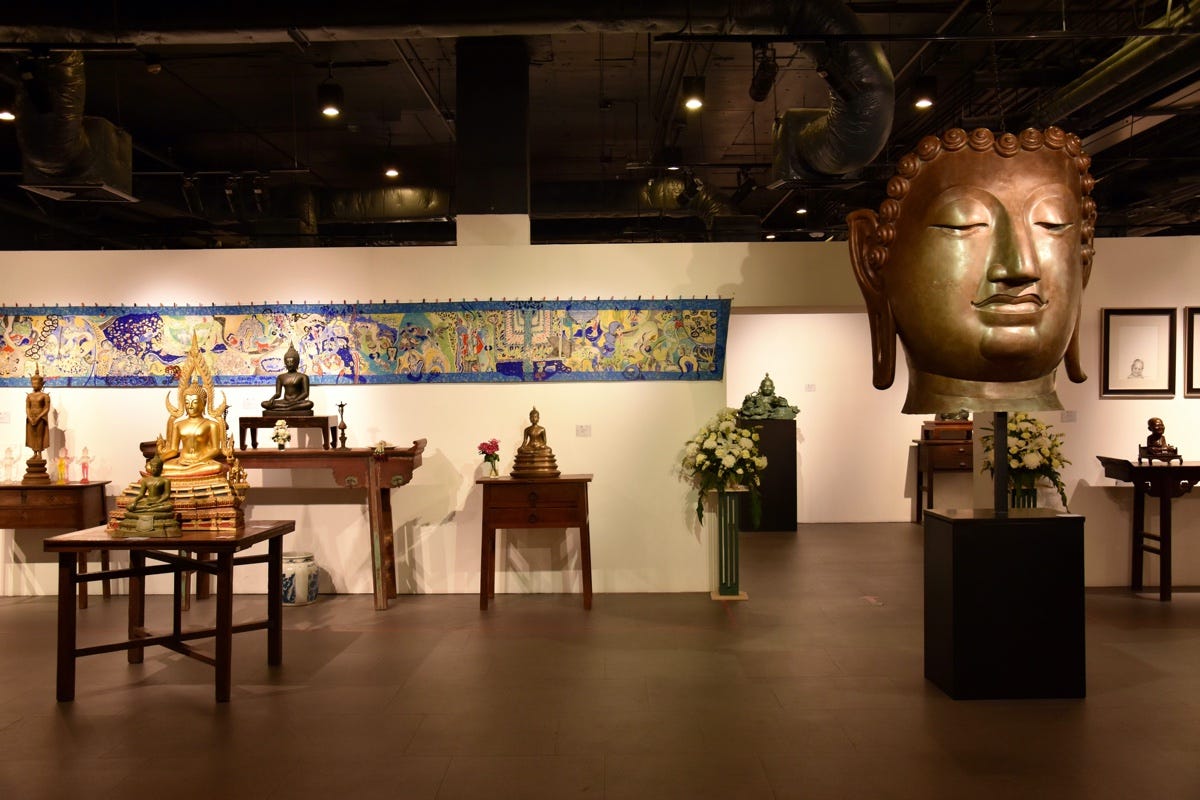









Share this post